
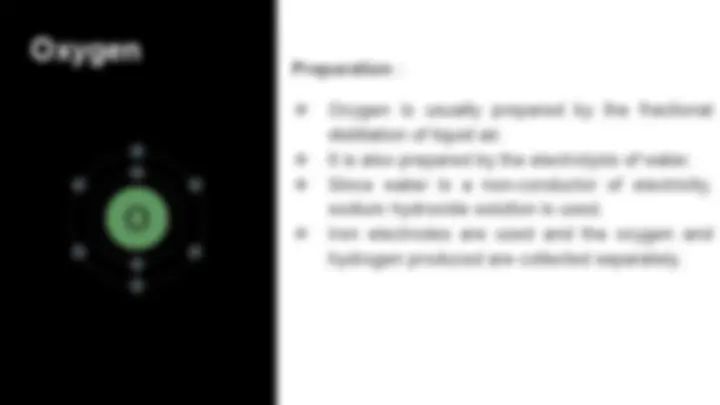
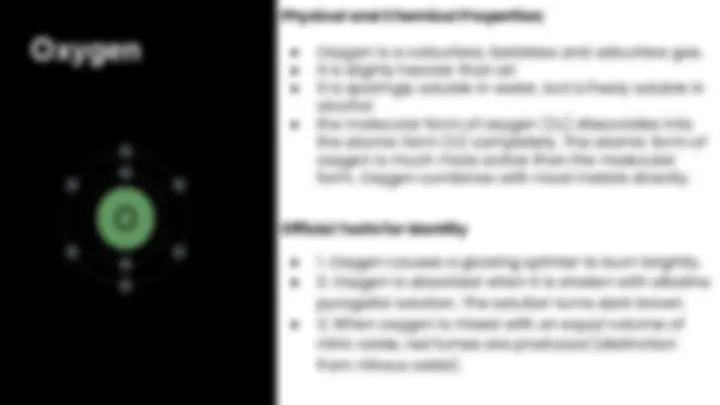
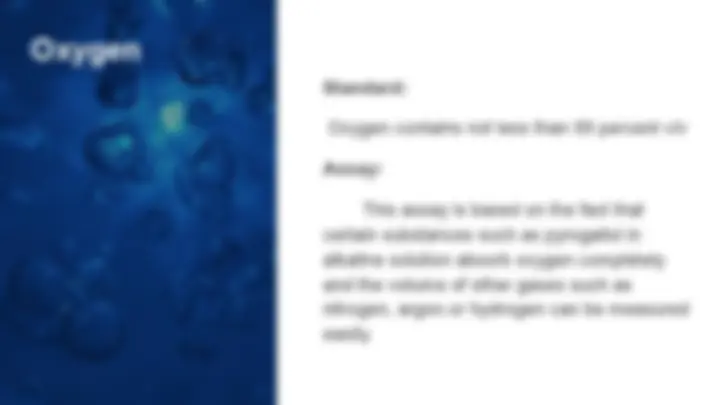
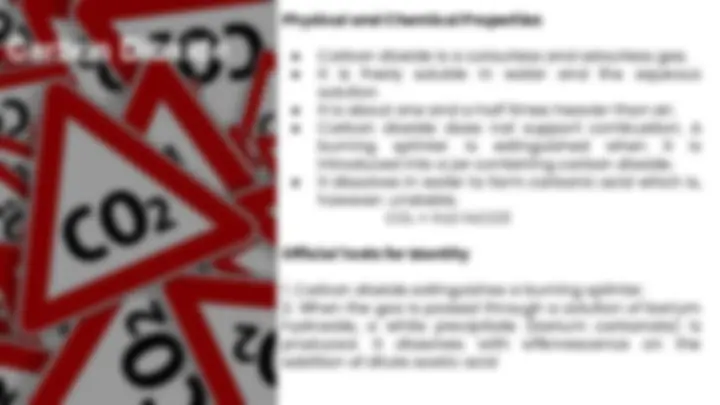
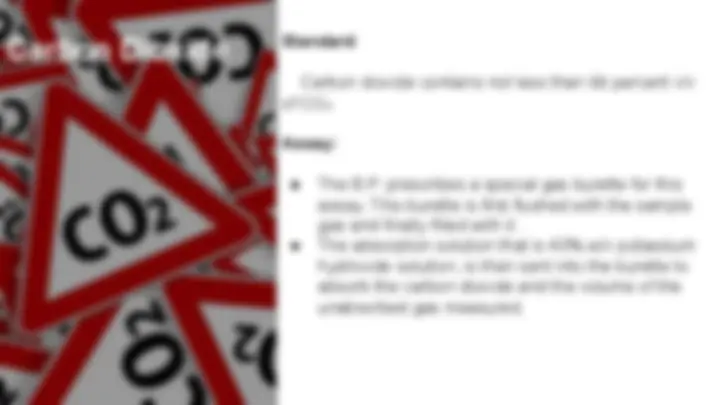
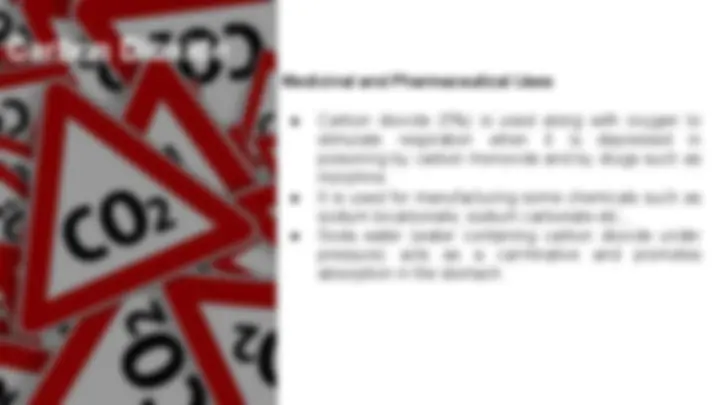
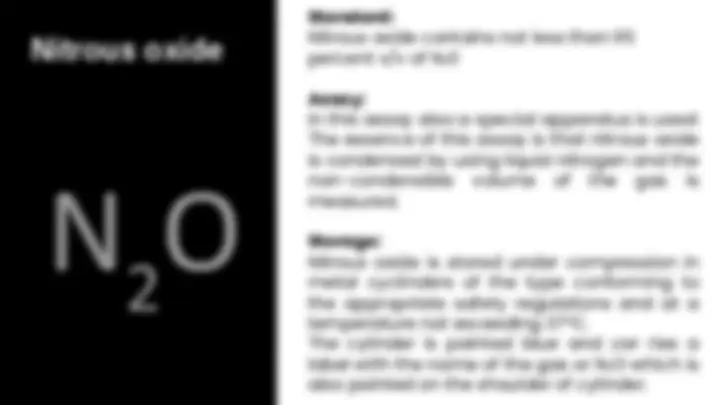
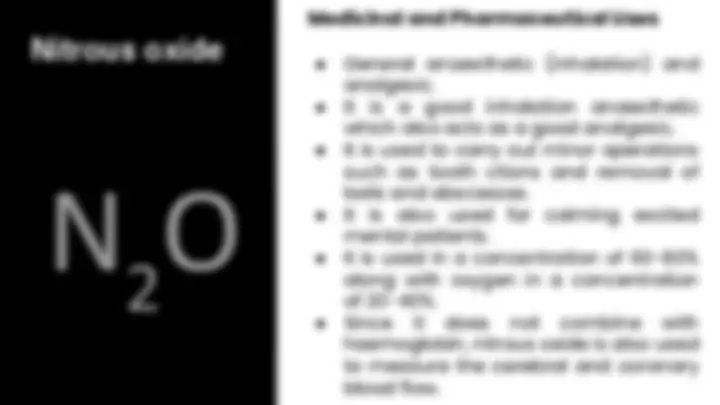
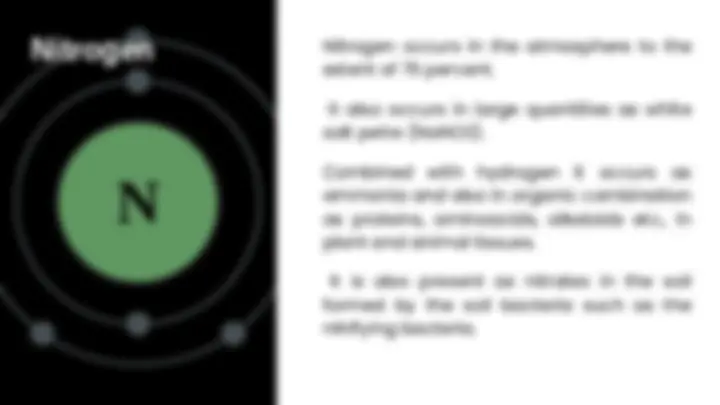
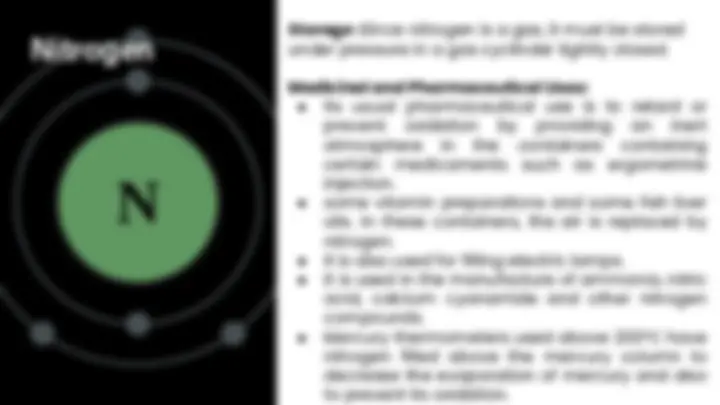
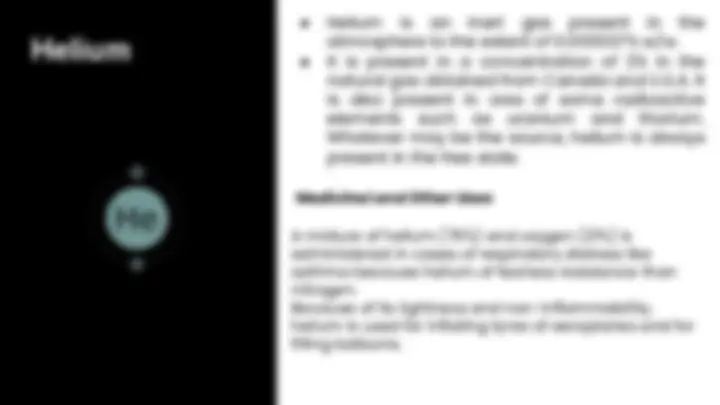
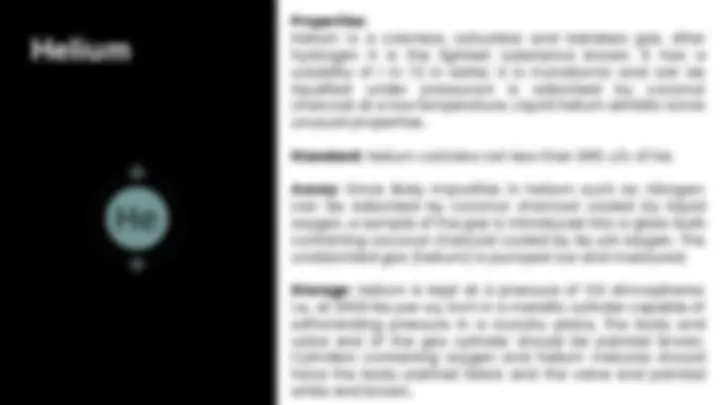


Study with the several resources on Docsity

Earn points by helping other students or get them with a premium plan


Prepare for your exams
Study with the several resources on Docsity

Earn points to download
Earn points by helping other students or get them with a premium plan
Community
Ask the community for help and clear up your study doubts
Discover the best universities in your country according to Docsity users
Free resources
Download our free guides on studying techniques, anxiety management strategies, and thesis advice from Docsity tutors
medicinal gases in pharmaceutical chemistry, oxygen, nitrogen, nitrous oxide, carbon dioxide, helium
Typology: Summaries
1 / 20

This page cannot be seen from the preview
Don't miss anything!













Def:
These are the inorganic substances meant for administration through nasal cavity. They may be given to patient for diagnosis, therapy and to produce anaesthesia.
❖ Oxygen ❖ Carbon dioxide ❖ Nitrous oxide ❖ Nitrogen ❖ Helium
Oxygen
Physical and Chemical Properties;
● Oxygen is a colourless, tasteless and odourless gas. ● It is slighty heavier than air ● It is sparingly soluble in water, but is freely soluble in alcohol ● the molecular form of oxygen (O₂) dissociates into the atomic form (O) completely. The atomic form of oxygen is much more active than the molecular form. Oxygen combines with most metals directly.
Official Tests for Identity
● 1. Oxygen causes a glowing splinter to burn brightly. ● 2. Oxygen is absorbed when it is shaken with alkaline pyrogallol solution. The solution turns dark brown. ● 3. When oxygen is mixed with an equal volume of nitric oxide, red fumes are produced (distinction from nitrous oxide).
Oxygen
Carbon Dioxide
Carbon dioxide is present in the atmosphere to the extent of about 0.03%. It is a product of combustion, respiration and fermentation reactions.
Preparation
Carbon Dioxide
Physical and Chemical Properties
● Carbon dioxide is a colourless and odourless gas. ● It is freely soluble in water and the aqueous solution ● It is about one and a half times heavier than air. ● Carbon dioxide does not support combustion. A burning splinter is extinguished when it is introduced into a jar containing carbon dioxide. ● It dissolves in water to form carbonic acid which is, however. unstable. CO₂ + H₂O H₂CO
Official Tests for Identity
Carbon Dioxide
Nitrous oxide
Nitrous oxide
Nitrous oxide
Medicinal and Pharmaceutical Uses
Nitrogen
Preparation :
Nitrogen may be obtained either by removing the oxygen from the atomspheric air or by decomposing compounds in which it may occur. Oxygen may be removed from the atmospheric air by any one of the following methods:
● Burning phosphorus in air in a closed container.’ ● Passing air over red-hot copper filings. ● Passsing air through a solution of sodium hydrosulphite (Na2S₂04) which will absorb oxygen. ● Shaking an alkaline solution of pyrogallol with air. Alkaline solution of pyrogallol absorbs oxygen.
Nitrogen may also be prepared by fractional distillation of liquid air Chemically nitrogen is also prepared by oxidation of ammonia with red hot copper oxide.
2NH3 + 3CuO = N₂ + 3H₂O + 3Cu
Nitrogen
Helium
Medicinal and Other Uses
A mixture of helium (79%) and oxygen (21%) is administered in cases of respiratory distress like asthma because helium of fearless resistance than nitrogen. Because of its lightness and non-inflammability, helium is used for inflating tyres of aeroplanes and for filling balloons.
Helium
Properties : Helium is a colorless, odourless and tasteless gas. After hydrogen it is the lightest substance known. It has a solubility of I in 72 in water. It is monatomic and can be liquefied under pressure.It is adsorbed by coconut charcoal at a low temperature. Liquid helium exhibits some unusual properties.
Standard: Helium contains not less than 98% v/v of He.
Assay: Since likely impurities in helium such as nitrogen can be adsorbed by coconut charcoal cooled by liquid oxygen, a sample of the gas is introduced into a glass bulb containing coconut charcoal cooled by liq uid oxygen. The unabsorbed gas (helium) is pumped out and measured.
Storage: Helium is kept at a pressure of 132 atmospheres i.e., at 2000 lbs per sq. inch in a metallic cylinder capable of withstanding pressure in a cool,dry place, The body and valve end of the gas cylinder should be painted brown. Cylinders containing oxygen and helium mixtures should have the body painted black and the valve end painted white and brown..